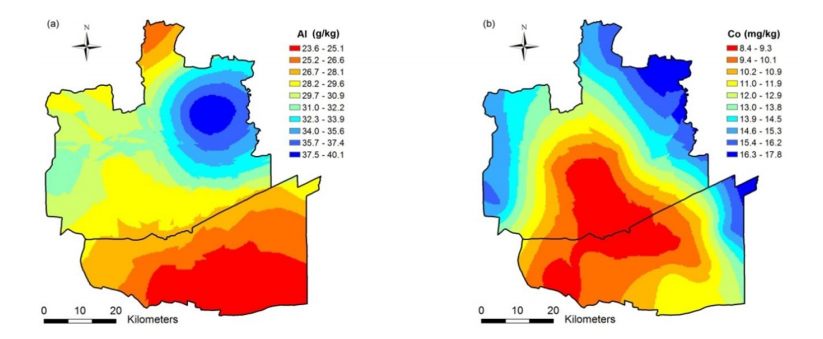Spatial Distribution of Potentially Toxic Trace Elements of Agricultural Soils in the Lower Central Plain of Thailand after the 2011 Flood
Main Article Content
Abstract
A study has been carried out on 29 locations of paddy soils in the lower Central Plain in Phra Nakhon Si Ayutthaya and Pathum Thani provinces, Thailand, to identify geochemical distribution of major and potentially toxic trace elements and to determine their baseline concentrations in the soils. The geostatistical technique was also employed to generate spatial distribution maps of toxic elements in the area. Results of the study clearly indicated that total concentrations of toxic elements in both surface and subsurface soils did not exceed the soil quality standard limit for habitat and agriculture according to the Pollution Control Department (PCD) of Thailand. The concentrations of several heavy metals in many soils, located in the proximity of the main industrial estates in the areas were rather similar to those of other locations; except for Ay02 site which is located adjacent to a landfill, and had high concentrations of Cr, Cu, Ni, Pb and Zn. Factor analysis indicated that the chemical composition in the soils were rather diffused. Three distinct element affinity groups were recognized: the pH group, the clay group and the sand group. The spatial distribution maps of potentially toxic trace elements unraveled a large variation among elements and locations.
Article Details
Published articles are under the copyright of the Environment and Natural Resources Journal effective when the article is accepted for publication thus granting Environment and Natural Resources Journal all rights for the work so that both parties may be protected from the consequences of unauthorized use. Partially or totally publication of an article elsewhere is possible only after the consent from the editors.

